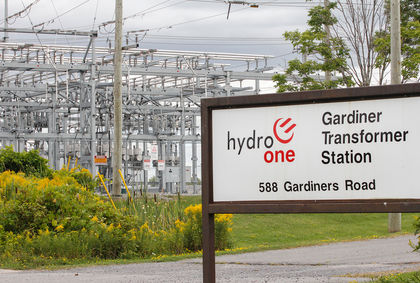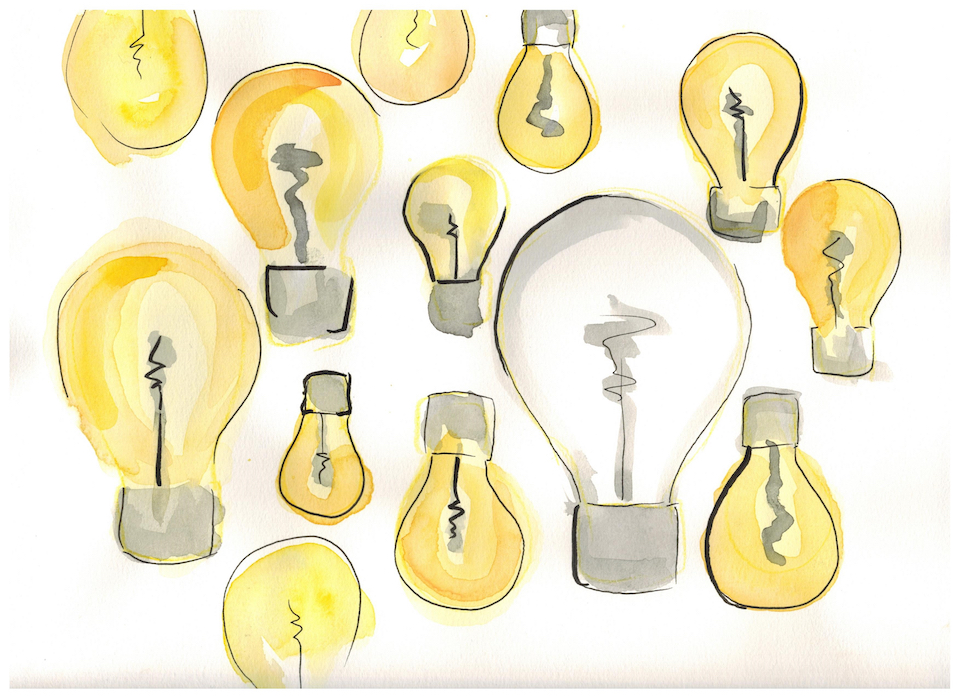The Liberals’ sale of 60% of the formerly public utility that owns and runs Ontario’s electricity transmission system, and directly bills 1.3 million customers, has freed Hydro One from public oversight, including all of the Legislature’s independent watchdogs such as the auditor general and ombudsman. FILE PIC (Julia McKay/The Kingston Whig-Standard/Postmedia Network)
Any future claims by the Liberal government of Ontario Premier Kathleen Wynne that it is committed to openness and transparency should be measured against the fact Hydro One has now gone dark to public scrutiny.
The Liberals’ sale of 60% of the formerly public utility that owns and runs Ontario’s electricity transmission system, and directly bills 1.3 million customers, has freed Hydro One from public oversight, including all of the Legislature’s independent watchdogs such as the auditor general and ombudsman.
One of the first effects of this sale to private interests is that last week’s release by the government of its annual Sunshine List of public servants earning more than $100,000 annually, no longer includes Hydro One employees, traditionally among the highest paid in the public sector.
Last May, the Legislature’s independent watchdogs wrote an extraordinary letter to Wynne’s government, urging it to keep Hydro One subject to their review. Without it, they warned:
The Auditor General would not be able to conduct performance audits of Hydro One.
The Ombudsman would have no ability to investigate public complaints about Hydro One.
The Information and Privacy Commissioner would no longer be able to oversee the right of access to Hydro One records.
The Financial Accountability Officer would not be able to examine the impact of planned Hydro One operations on consumers or the economy.
Lobbyists would no longer be required to report whether they are lobbying Hydro One.
The Integrity Commissioner would no longer review Hydro One expense claims.
Last December, in her final look at Hydro One, Auditor General Bonnie Lysyk reported that between 2010 and 2014 alone, its customers experienced 24% more outages lasting 30% longer, while costs to maintain the system increased 31%.
She described Hydro One as “consistently one of the least reliable among large Canadian electricity distributors.”
Between 2012 and 2014, she found, Hydro One’s maintenance backlog increased 47% and outages 7%.
She cited a risk of more power failures because Hydro One wasn’t replacing $4.5 billion worth of transmission assets “that have exceeded their planned useful service life”.
Meanwhile, former Ontario ombudsman Andre Marin reported on horrendous billing problems faced by Hydro One’s customers.
He said his office had received hundreds of complaints about unexplained billings, “catch-up” bills, “estimated” bills, multiple bills and over-billing and that trying to get answers was like “wrestling with a slippery pig”.
Marin warned Hydro One customers not to allow it to withdraw money from their bank accounts because in some cases it had overdrawn thousands of dollars and refused to return it, even after admitting it was in error. Instead, Hydro One would only give customers credit towards future billings.
Going forward the public has no independent way of knowing whether these problems are being addressed, or getting worse.
So much for the Wynne government’s commitment to openness and transparency.





